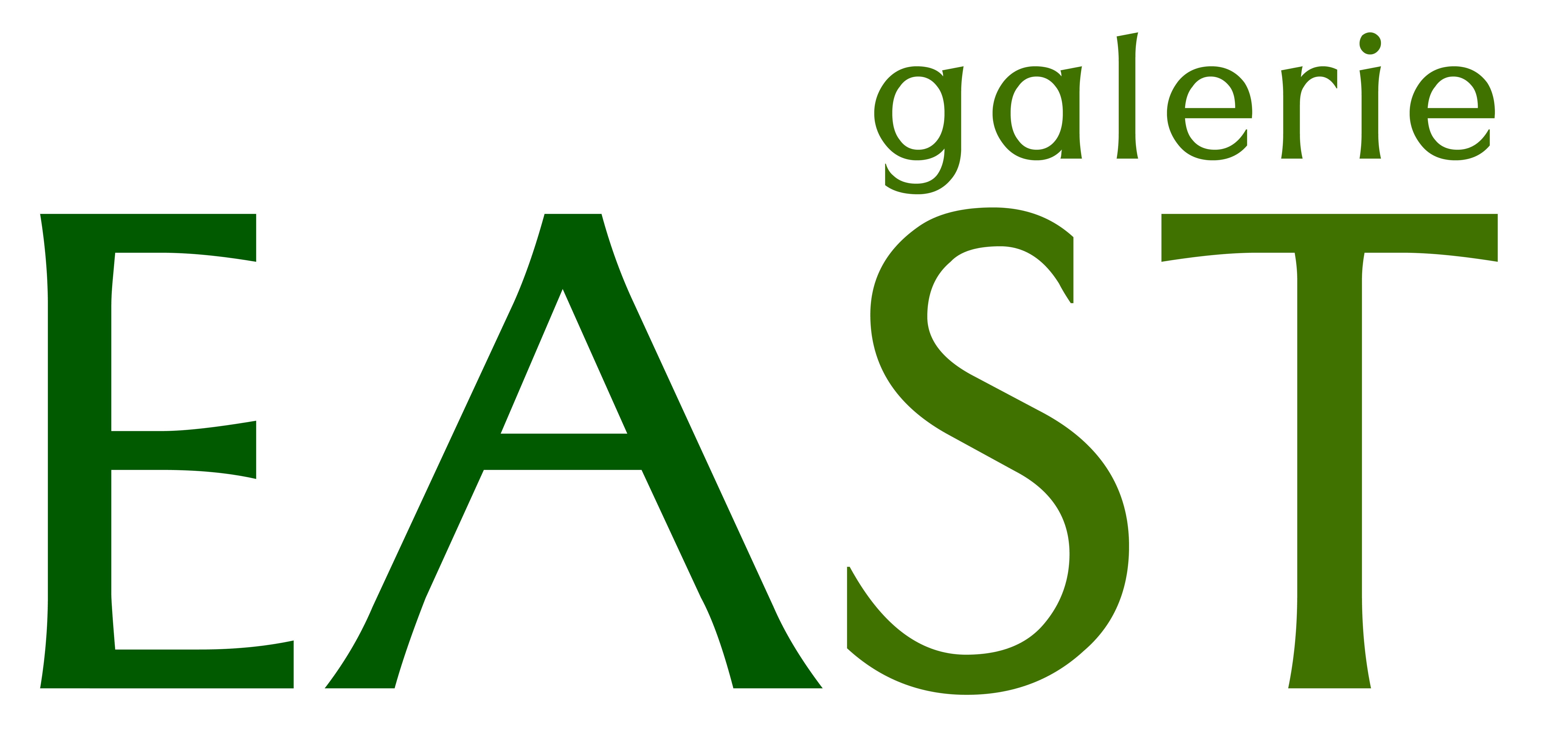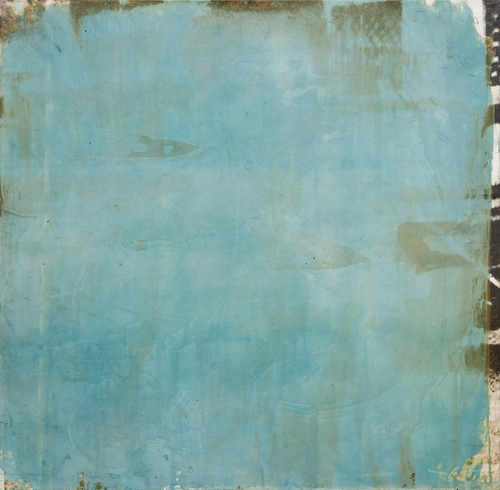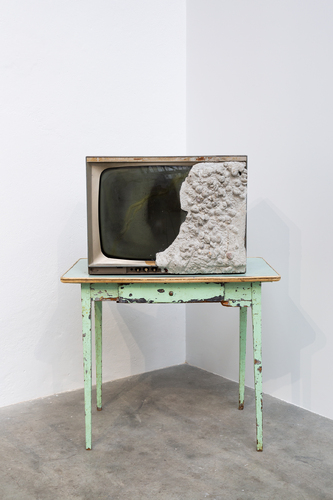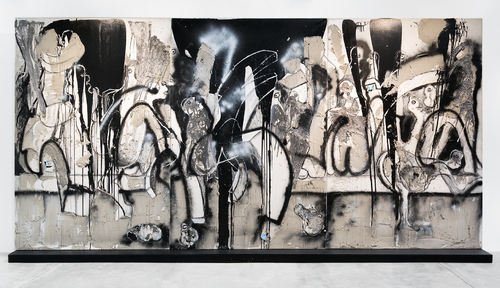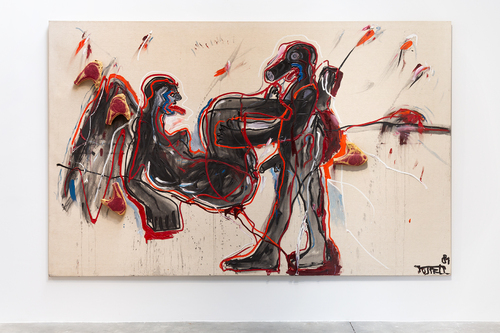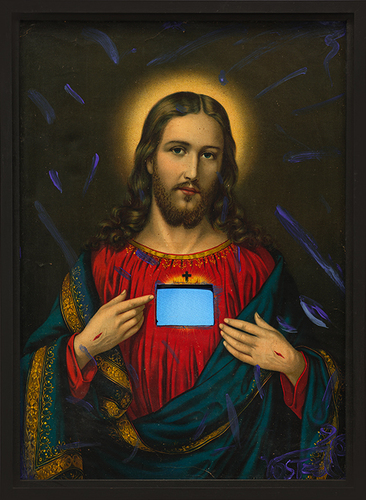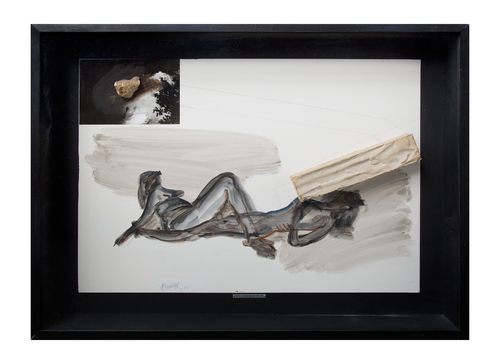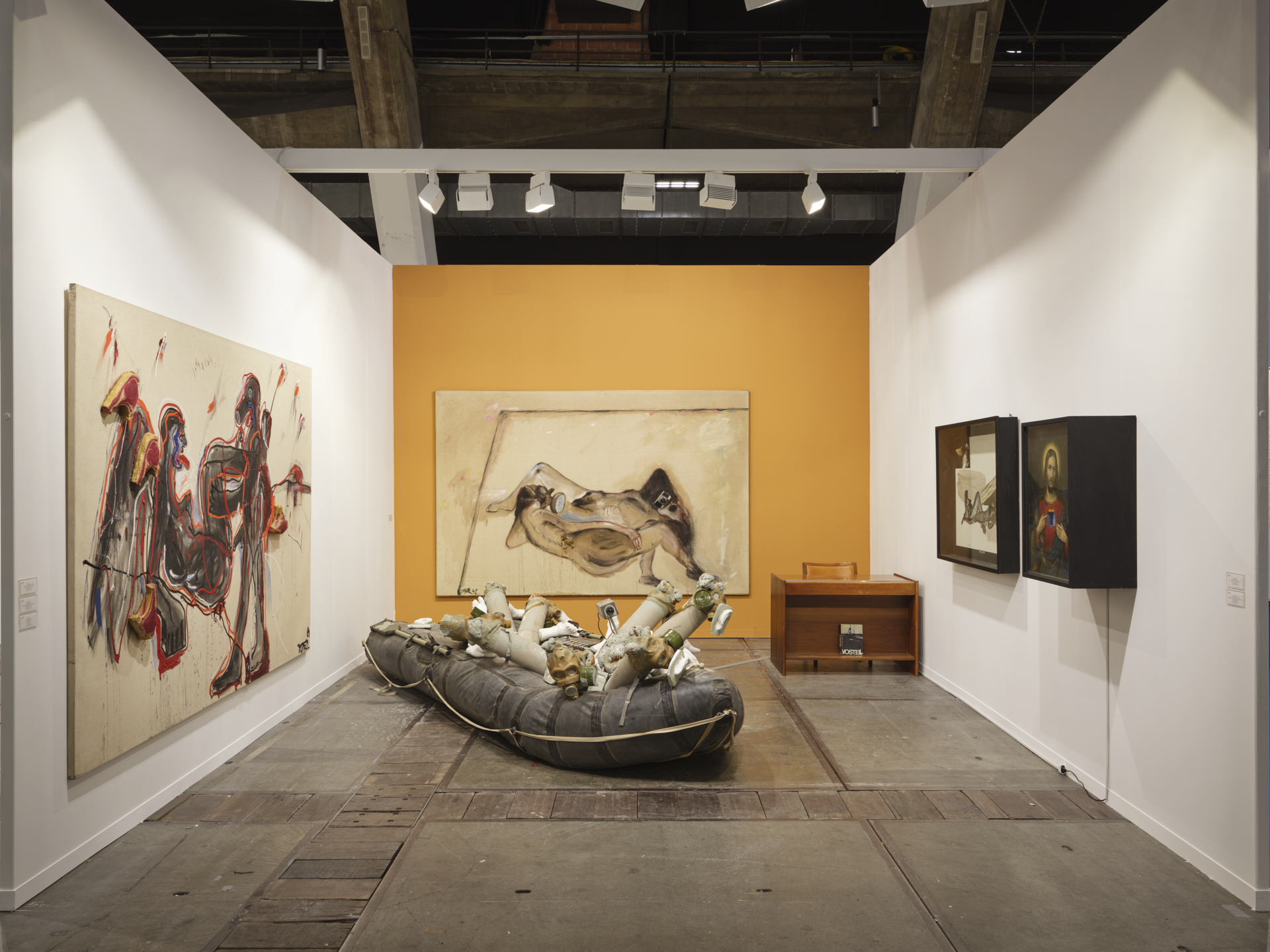Wolf Vostell was born into a Jewish family in Leverkusen, Germany, in 1932. In 1939, he escaped to Czechoslovakia with his family where they lived until 1945.
After studying photo-lithography, painting and experimental typography at the Werkkunstschule in 1954 while assisting the French poster artist Cassandre, he attended the École des Beaux-Arts in Paris and in 1957 the Kunstakademie in Düsseldorf.
During the fifties, Vostell was greatly inspired by his stay in Paris which, although it was not as devastated by the war as Germany, still bore marks of violence such as the multiplicity of advertising placards glued on top of each other and slowly decaying. This degradation phenomenon inspired him to engage in his first “décollage” attempts, a dialectical process between destruction and creation. Vostell discovered the French term “décollage” while reading a headline of the Figaro and it soon became a fundamental concept of his artistic practice as the term “déc-oll/age”.
At the end of the ‘50s, Vostell began to address post-Second World War German history in his work with explicit references to the Shoah. It was also at that time that he produced his first pieces including TV sets or car components. The Korean War, and, later, the Vietnam War, too became subjects of his artworks.
Vostell moved to Cologne in 1959. During the sixties, he took an active and pioneering part in the creation of the Fluxus movement, directing Cityrama I, the first environmental event across the city of Cologne, staging the first Fluxus Festival along Nam June Paik and others and organizing multiple happenings in Germany and France.
In the late ‘60s, Vostell began to create more monumental works using concrete and embedded objects. He moved to Berlin in 1971 and founded a Fluxus museum in Malpartida de Caceres in Spain in 1976. In 1988, Vostell also joined Salvador Dali in one of his last projects, El Fin de Perzival, and carried it out.
Before and after his passing in 1998, his work has been internationally exhibited within institutions such as the Walker Art Center, Minneapolis; Yerba Buena Center for the Arts, San Francisco; Institute of Contemporary Art, Los Angeles; Museum of Contemporary Art, Chicago; Musée d'Art Moderne de la Ville de Paris; Musée National d'Art Moderne Centre Georges Pompidou, Paris; Museo de Arte Contemporaneo de Madrid; Moderna Museet, Stockholm … His work is also included in prestigious museal collections across Europe and the United States : OMA, New York; SFMOMA, San Francisco; Walker Art Center, Minneapolis; Art Institute, Chicago; Nationalgalerie, Berlin; Centre Pompidou, Paris; Museo Reina Sofia, Madrid; MACBA, Barcelona; Art Gallery of New South Wales, Sidney...
